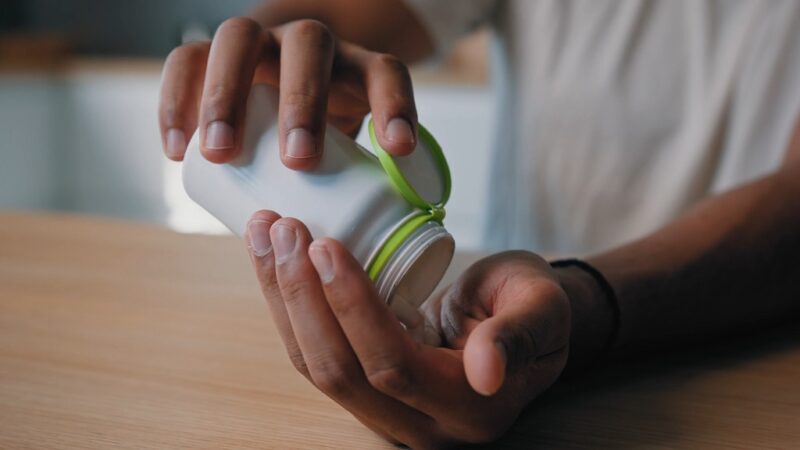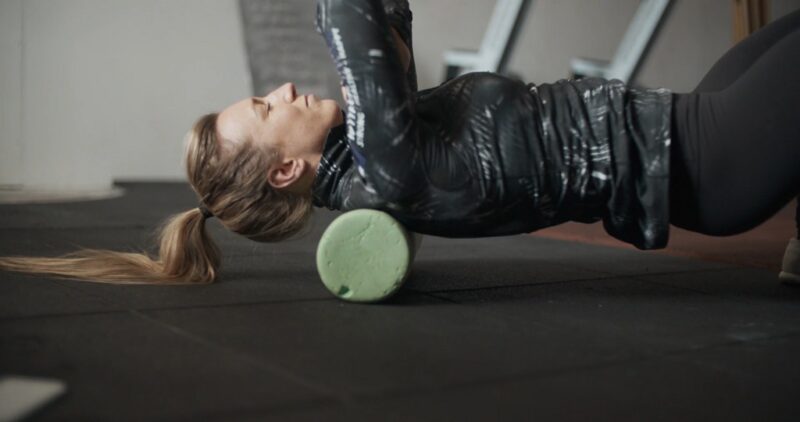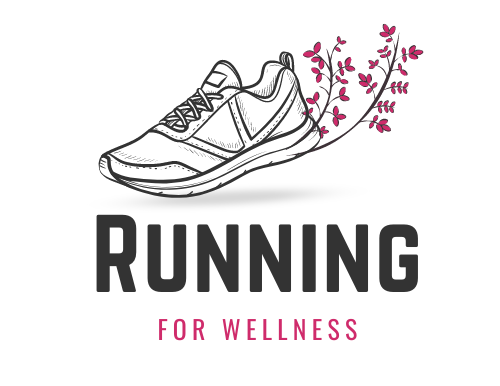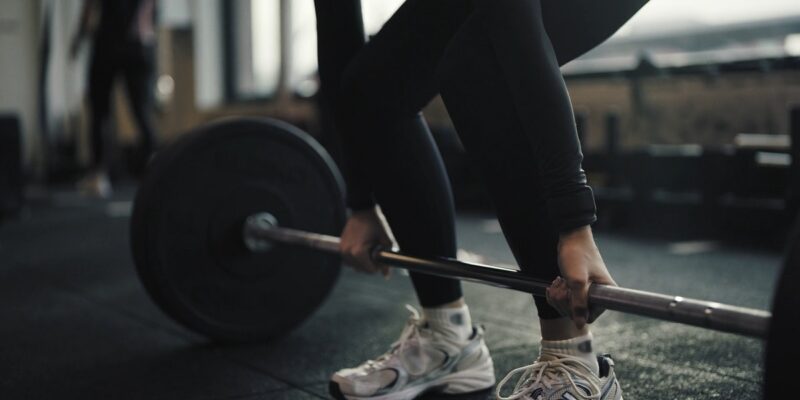Finishing a weightlifting session doesn’t mean the work is over. The truth is, what you do in the hours and days after training has just as much impact on your progress as the sets and reps you push in the gym.
Muscles don’t grow while you’re lifting; they grow when you’re resting and feeding them the right nutrients. Without a proper recovery routine, you’re more likely to experience stalled progress, nagging injuries, and chronic fatigue.
On the other hand, if you take recovery seriously, you’ll see better strength gains, improved performance, and faster results over time. That’s why post-workout recovery isn’t optional; it’s essential.
Table of Contents
Toggle1. Refuel With the Right Nutrition

Your body is like a sponge right after lifting. Muscles are primed to absorb nutrients, and the combination of protein and carbohydrates is the fastest way to start repair.
Protein provides the amino acids your muscles need, while carbs replenish glycogen stores so you don’t hit a wall in your next session.
A protein shake with fruit is a classic choice, but real meals work just as well if you prefer whole food. The trick isn’t just eating something, it’s eating the right mix at the right time.
| Best Post-Lift Foods | Why They Work | Example Meals |
| Whey protein + banana | Fast-absorbing protein & quick carbs | Shake with 1 scoop whey + 1 banana |
| Chicken + rice | Balanced protein & complex carbs | Grilled chicken breast with rice |
| Eggs + sweet potatoes | Amino acids + slow carbs | 3 scrambled eggs with roasted sweet potatoes |
| Greek yogurt + berries | Protein + antioxidants | Yogurt cup with blueberries & honey |
2. Hydrate More Than You Think You Need
Hydration isn’t just about quenching thirst – it directly affects muscle contractions, recovery, and energy levels. Even slight dehydration can reduce strength output and delay recovery.
Water should be your baseline, but electrolytes are important too, especially if you sweat heavily. Think of hydration as fuel for your joints, nervous system, and muscles – without it, everything runs less smoothly.
| Hydration Source | Benefits | When to Use |
| Water | Restores base hydration | All day, especially post-training |
| Electrolyte mix | Replenishes sodium, potassium, and magnesium | After long/hot sessions |
| Coconut water | Natural hydration with potassium | Post-cardio or intense sweating |
| Herbal teas | Gentle hydration, calming | Evening wind-down |
3. Prioritize Sleep for Muscle Growth

If you train hard but skip quality sleep, you’re essentially throwing away gains. Sleep is when growth hormone peaks, muscle fibers repair, and your nervous system resets. Without it, you’re more prone to poor lifts, irritability, and plateauing.
Building good sleep habits is one of the most underrated recovery strategies out there. Seven to nine hours should be your target – treat it like part of your program, not a luxury.
| Sleep Habit | Why It Helps | How to Apply |
| 7–9 hours nightly | Supports recovery hormones | Stick to a consistent schedule |
| Dark, cool room | Improves sleep quality | Blackout curtains, 18°C room temp |
| Screen cutoff 1 hr before bed | Reduces blue light disruption | Read or stretch instead |
| Pre-bed protein | Prevents overnight catabolism | Casein shake before sleep |
4. Use Active Recovery Days
Rest doesn’t mean lying flat on the couch for 48 hours. Active recovery – light activity that boosts circulation without stressing muscles- is what keeps soreness manageable and mobility intact. Walking, cycling, swimming, or even yoga are all solid options.
By improving blood flow, you help shuttle nutrients into muscles and flush out waste products, which makes you feel fresher going into your next heavy session.
| Activity | Benefit | How Often |
| Light walking | Boosts circulation, low stress | Daily if possible |
| Yoga | Improves flexibility & mobility | 1–2 times per week |
| Cycling (easy pace) | Enhances blood flow | On rest days |
| Swimming | Low-impact, full-body | Once a week or when sore |
5. Incorporate Stretching and Mobility Work

Tight muscles and stiff joints are a recipe for injury. Post-lift stretching helps restore range of motion, while mobility drills keep joints healthy and lifting form sharp.
It doesn’t take long – 10–15 minutes can be enough to make a difference, but consistency is key. Think of it as insurance that lets you keep lifting hard without setbacks.
| Stretch/Drill | Target | When to Use |
| Hip opener stretch | Loosens hips, improves squats | Post leg day |
| Hamstring stretch | Prevents tightness, protects the back | After deadlifts |
| Shoulder dislocates (band) | Improves overhead mobility | Post-pressing sessions |
| Thoracic spine rotations | Keeps back mobile | Warm-up or cool-down |
6. Add Recovery-Boosting Supplements

Food should always be the foundation of recovery, but supplements can add an extra layer of support. Protein powders and creatine are well studied, while omega-3s help with inflammation.
Another overlooked area is joint and tendon recovery; marine collagen supplements can play a role here by supporting connective tissues that get stressed under heavy loads.
If you lift multiple times per week, your muscles aren’t the only structures taking the hit, so supporting joints and ligaments makes long-term progress more sustainable.
| Supplement | Purpose | Example |
| Whey protein | Fast protein source | 25–30g post-lift |
| Creatine monohydrate | Improves strength & recovery | 5g daily |
| Omega-3 fatty acids | Reduces inflammation | Fish oil capsules |
| Marine collagen | Supports joints & tendons | 5–10g daily |
7. Manage Post-Workout Inflammation
Some soreness is good – it’s a sign of hard work – but too much inflammation slows recovery and motivation. Cooling strategies like ice baths or contrast showers can reduce swelling.
At the same time, anti-inflammatory foods such as berries, salmon, and turmeric help inside out. The goal is balance: don’t aim to eliminate all soreness, just manage it so you’re ready to train consistently.
| Method | Effect | How to Apply |
| Cold shower | Reduces swelling, refreshes | 2–3 minutes post-lift |
| Ice pack | Targets sore spots | 10–15 minutes localized |
| Contrast bath | Alternates hot/cold for circulation | 5 min hot, 1 min cold cycles |
| Anti-inflammatory foods | Reduce systemic inflammation | Salmon, turmeric, berries |
8. Balance Your Training Volume

Lifting hard every single day might feel productive, but it often backfires. Your body can only handle so much stress before fatigue piles up. Overtraining leads to weaker lifts, poor recovery, and eventual burnout.
Balancing high-intensity days with lighter ones and scheduling deload weeks is essential for longevity in lifting. Listening to your body is a skill as valuable as adding weight to the bar.
| Approach | Benefit | Example |
| Heavy/light split | Prevents overtraining | Heavy squat day, light accessory day |
| Deload week | Reduces cumulative fatigue | Every 6–8 weeks |
| Auto-regulation | Matches effort to readiness | RPE-based training |
| Tracking metrics | Spots fatigue trends | Log sleep, soreness, strength |
9. Support Recovery With

Foam rolling and massage aren’t just luxuries – they help muscles recover by breaking up tight spots and increasing circulation. Even five minutes of rolling post-lift can reduce soreness and keep you mobile.
Professional massage takes it deeper, working through stubborn knots that self-care tools can’t fully fix. If you want to stay lifting long-term, taking care of soft tissue is as important as training hard.
| Method | Target | Frequency |
| Foam roller | Quads, hamstrings, and back | After lifting sessions |
| Lacrosse ball | Small, tight areas | As needed |
| Professional massage | Full-body recovery | 1–2 times per month |
| Percussion gun | Quick soreness relief | Post-training |
10. Track Your Recovery as Closely as Your Workouts
Many lifters log sets, reps, and weights, but ignore recovery. Tracking sleep, soreness, and mood can reveal why lifts are improving or stalling.
Even something as simple as a recovery journal helps you see patterns. Modern fitness trackers provide readiness scores, but you don’t need tech to start; just paying attention goes a long way.
| What to Track | Why It Helps | How to Do It |
| Sleep hours | Connects rest with performance | Write down the daily total |
| Soreness level | Spots overtraining trends | Rate 1–10 scale |
| Resting heart rate | Shows recovery status | Track with a watch |
| Mood & energy | Reflects recovery quality | Quick daily note |
Conclusion
Post-weightlifting recovery isn’t just about easing soreness – it’s the backbone of consistent progress. By focusing on smart nutrition, proper hydration, quality sleep, and balancing training with rest, you set your body up for steady strength gains.
Stretching, mobility, supplements like marine collagen, and inflammation management give your body extra support where it needs it most. And when you treat recovery with the same seriousness as training, you don’t just bounce back faster – you build a stronger, more resilient body over the long term.
Related Posts:
- Top 400 Hilarious Gym Quotes to Keep You Motivated
- 25 Simple Running Motivation Tips To Get You Moving
- Half Marathon Training Plan for Beginners - Simple…
- How Long Does It Take to Train for a Half Marathon?
- 80 Best Motivational Cross Country Running Quotes 2025
- How Can You Start a Career as a Running Coach?







